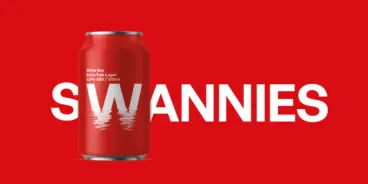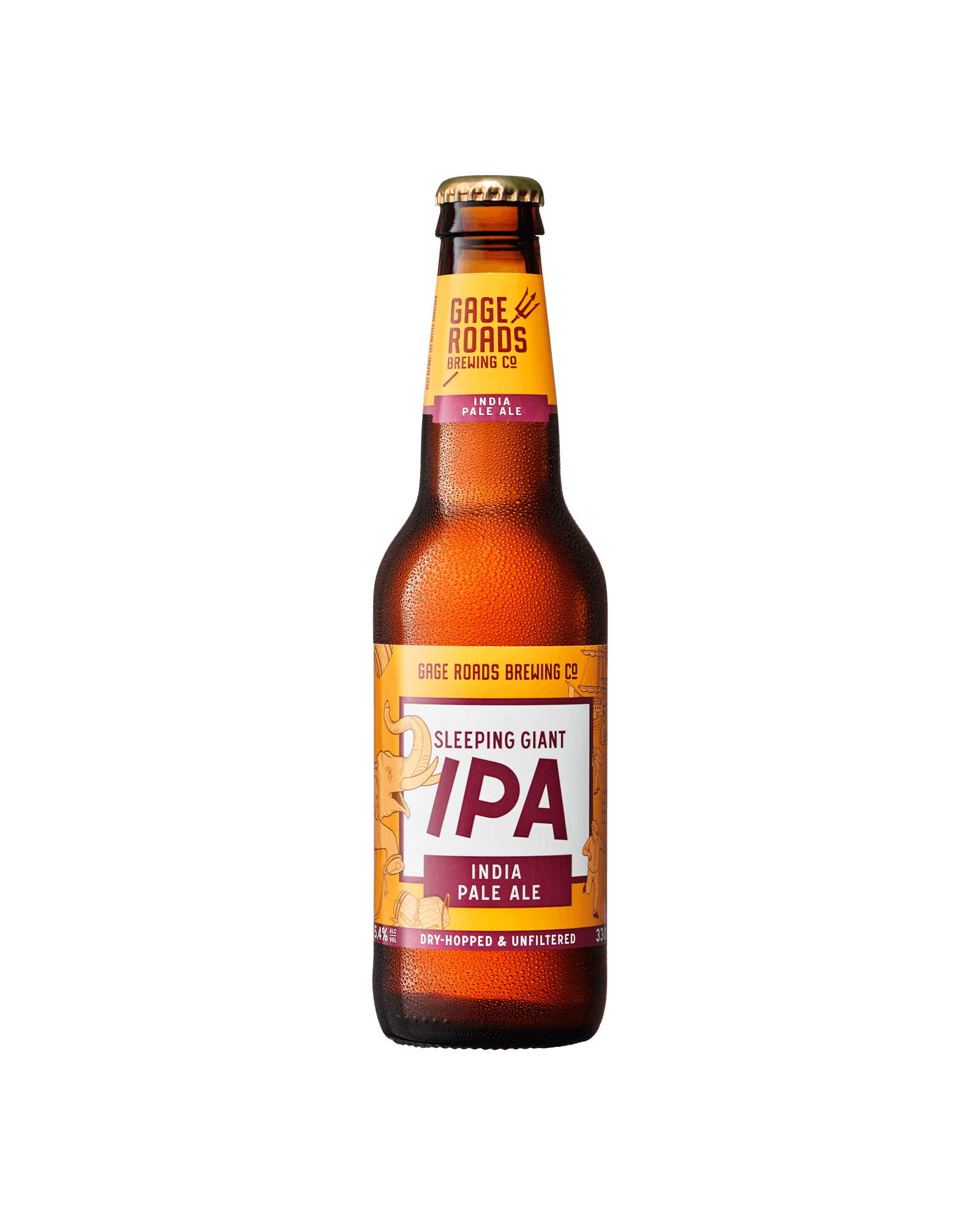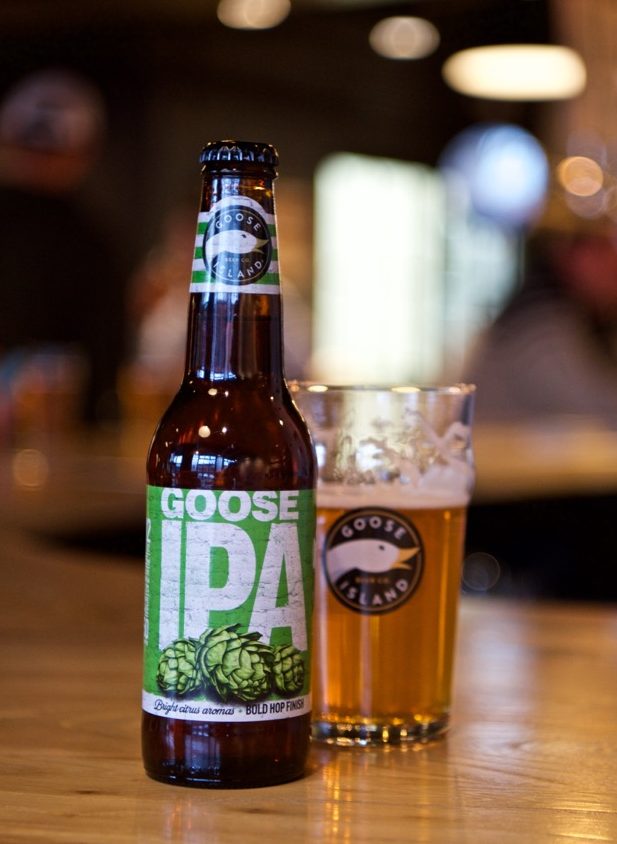
Classic but unfancied: English IPA

Stow Away out, Cabin Fever in?
The original India Pale Ale, English IPA is a beer style that is somewhat out of favour in Australia, but a handful of brewers remain committed to the genre.
While IPA continues to grow its small share of the craft beer segment, enthusiasts are more enamoured with the vibrant hop character and overall higher intensity of American IPAs.
Those who then encounter a traditional English IPA without fully understanding its stylistic nuances may wrongly conclude it is substandard, when in fact it was never designed to have the attributes they were expecting.

Gage Roads Sleeping Giant
“The English style IPA is more earthy, a bit more grassy, [with] some spicy herbal kind of characters to it, whereas the American style is probably higher in alcohol content, much more citrus, fruity, tropical fruit kind of characters, much higher in bitterness,” explains Gage Roads Brewing Company chief operating officer Aaron Heary.
Demonstrating current consumer preferences, James Squire Stowaway IPA – a stalwart in its range – was this year effectively replaced by Cabin Fever, a limited edition Session IPA.
Stowaway was a purist expression of English IPA with the English variety Fuggles as the lead hop, while Cabin Fever has the all-American hop bill of Citra, Centennial and Fortnight.
“We’ve been hearing for a while that hop-lovers are asking for a more modern IPA from James Squire,” said then Malt Shovel head brewer, Chris Sheehan in May.
Stowaway may yet return at some point, Malt Shovel’s Martyn Ferguson this week told Brews News, though he said Cabin Fever had proven extremely popular in its debut outing, making its own case for a comeback in 2018.
Gage Roads Sleeping Giant is firmly in the English IPA camp and has continued to grow in spite of recent trends, Gage Roads’ Aaron Heary recently told Radio Brews News.
“At one point there we were thinking, ‘well is this going to be left out in the cold as the whole market moves toward the American style?’,” he said.
“We haven’t actually seen that… Our English IPA has continued to grow strongly and I think that, in general, it’s a very complex beer.
“It’s actually one of my favourite beers. You sit down with one of those on your own, you’re getting all these tobacco-ey cigar box kind of characters. It’s got a great malt complexity and that seems to be resonating as well.
“I think there’s potentially the opportunity to tell the story a bit better that it is an English IPA versus an American style and we sort of do that on the back label. Maybe there’s an opportunity to do that more effectively,” said Heary.
Another brewer that has not been enticed by American hops is Lord Nelson, which recently released 111, an English IPA hopped with English varieties Goldings and Target.

The 111 from Lord Nelson Brewery, a limited edition English IPA – picture credit Amanda McLauchlan and Aimee Jones
“We’ve always made British-style ales… there’s a lot of American-style IPAs being produced. I encourage them all to continue doing it because it doesn’t compete with what we’re doing,” owner Blair Hayden recently told Radio Brews News.
Goose straddling styles
Also with a nod towards Old Blighty is Goose IPA, recently introduced into Australia by Carlton & United Breweries.
It is typically entered into beer competitions as an English IPA, but Goose Island brewmaster Jared Jankoski told Brews News it is not a purist expression.

Goose IPA
“What I like about Goose IPA is that it rides between the two styles. There is plenty of distinct hop character (way more than a traditional English IPA) yet plenty of body and balance that can be missing from American IPAs when hops are the primary focus,” he said.
“We use some English hops in the recipe, but it really features Centennial and Cascade hops, so we have kept the old school English herbal notes in check.
“It’s brighter than those beers [English IPAs], yet the recipe specs and hopping keep it balanced like an English IPA.
“We have the body of an English IPA and the nice malt depth, while hops go slightly more contemporary and bright without getting overpowering.
“For a single style (IPA) there is a really broad spectrum that brewers can use to make really different beers. We like where we are on that spectrum,” Jankoski said.



